What kind of saw should I shop for?
girlndocs
13 years ago
Related Stories

LIFEThe Polite House: How Can I Kindly Get Party Guests to Use Coasters?
Here’s how to handle the age-old entertaining conundrum to protect your furniture — and friendships
Full Story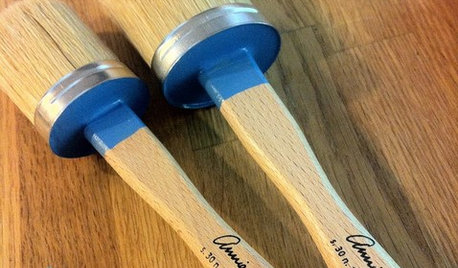
PRODUCT PICKSGuest Picks: Handy Finds for Painting Projects of All Kinds
Make over rooms and furniture more easily and with better results with the right paint and gear
Full Story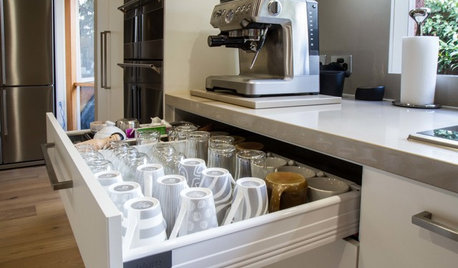
KITCHEN DESIGNToday’s Coffee Stations Have All Kinds of Perks
Some of these features are so over the top that they will give you a jolt
Full Story
KITCHEN DESIGNKitchen Recipes: Secret Ingredients of 5 One-of-a-Kind Cooking Spaces
Learn what went into these cooks’ kitchens — and what comes out of them
Full Story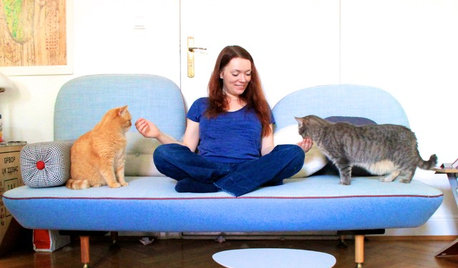
PETSWorld of Design: Pampered Pets and Their 10 One-of-a-Kind Homes
Fall in love with these critters and their clever living spaces, from a cat playground in France to a chicken house in the U.S.
Full Story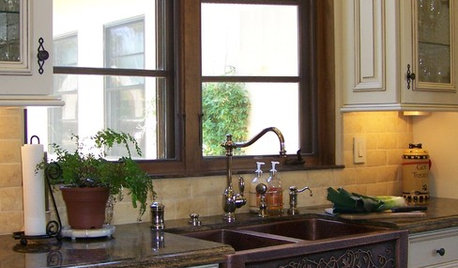
KITCHEN DESIGN8 Stylish Sink Types for Kitchens of All Kinds
Choose the wrong sink and your kitchen renovation efforts may go down the drain — these sinks will let you clean up in the style department
Full Story
LANDSCAPE DESIGNWhat Kind of Gardener Are You? Find Your Archetype
Pick from our descriptions to create a garden that matches your personality and tells your story
Full Story
KITCHEN APPLIANCESLove to Cook? You Need a Fan. Find the Right Kind for You
Don't send budget dollars up in smoke when you need new kitchen ventilation. Here are 9 top types to consider
Full Story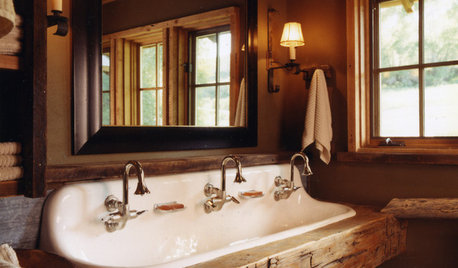
BATHROOM DESIGN8 Fabulous Faucets for All Kinds of Bathrooms
Find a new idea for your bathroom sink in 8 very different faucet designs, from waterfall to high-tech digital
Full Story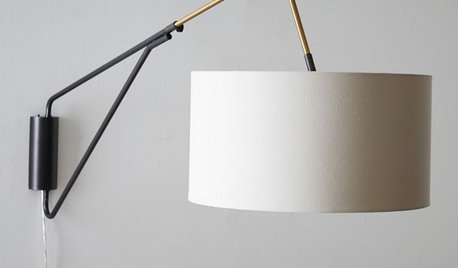
PRODUCT PICKSGuest Picks: Contemporary Lighting for All Kinds of Needs
Task lamps, floor lamps, pendants ... Whether you’re reading in bed or want a glow overhead, there’s a light here for you
Full StoryMore Discussions








bobismyuncle
MongoCT
Related Professionals
Saint James Cabinets & Cabinetry · Birmingham Carpenters · Deerfield Beach Carpenters · Westmont Carpenters · Coto De Caza Carpenters · Adelphi Flooring Contractors · Chula Vista Flooring Contractors · Cutlerville Flooring Contractors · Hammond Flooring Contractors · Laguna Niguel Flooring Contractors · Owings Mills Flooring Contractors · Memphis Furniture & Accessories · Rome Furniture & Accessories · Shakopee Furniture & Accessories · Mahwah Furniture & AccessoriesgirlndocsOriginal Author
girlndocsOriginal Author
User
girlndocsOriginal Author
girlndocsOriginal Author
someone2010
girlndocsOriginal Author
bobismyuncle
User
sombreuil_mongrel
someone2010
girlndocsOriginal Author
girlndocsOriginal Author
bobismyuncle
girlndocsOriginal Author
Jon1270
sombreuil_mongrel
MongoCT
macybaby
karinl
sombreuil_mongrel
bobismyuncle
girlndocsOriginal Author
karinl